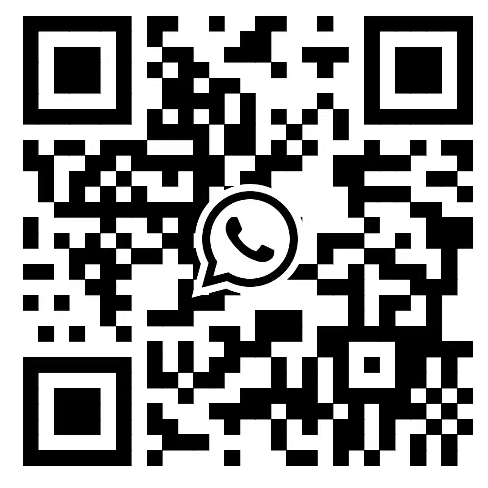Mastering Metal Table Welding: A Comprehensive Guide
This guide provides a detailed overview of metal table welding techniques, covering essential preparations, common welding processes, safety precautions, and tips for achieving professional-quality results. We’ll explore various aspects, from choosing the right equipment to troubleshooting common problems, ensuring you have the knowledge to confidently tackle your next metal table welding project.
Choosing the Right Welding Process for Your Metal Table
Gas Metal Arc Welding (GMAW) for Metal Tables
GMAW, often called MIG welding, is a popular choice for metal table welding due to its speed, versatility, and relatively easy learning curve. It’s well-suited for various metal thicknesses and can produce clean, strong welds. However, it requires a dedicated power source and shielding gas.
Gas Tungsten Arc Welding (GTAW) for Precision Metal Table Work
GTAW, or TIG welding, is favored for its precision and control. It produces high-quality welds with excellent cosmetic appeal, making it ideal for applications where aesthetics are critical. However, TIG welding requires more skill and is generally slower than MIG welding. It’s particularly beneficial for thinner metals and projects requiring intricate designs in your metal table welding project.
Shielded Metal Arc Welding (SMAW) for Metal Table Welding in Remote Locations
SMAW, or stick welding, is a robust and portable method, making it suitable for outdoor projects or areas with limited access to power. Its simplicity and portability are significant advantages. However, the welds may not be as aesthetically pleasing as those produced by GMAW or GTAW, and it can generate more spatter.
Essential Equipment and Safety Gear for Metal Table Welding
Before beginning any metal table welding project, it’s crucial to gather the necessary equipment and safety gear. This includes a suitable welding machine (MIG, TIG, or stick welder), appropriate electrodes or wire, a welding helmet with appropriate shade, welding gloves, safety glasses, a fire extinguisher, and appropriate ventilation. Always prioritize safety!
Preparing Your Metal Table for Welding
Cleaning and Surface Preparation
Proper surface preparation is vital for strong, reliable welds. Remove any rust, paint, or other contaminants from the metal surfaces using a wire brush, grinder, or appropriate chemical cleaner. This ensures proper fusion during the welding process. A clean surface contributes significantly to successful metal table welding.
Fixturing and Clamping
Securely clamp or fixture the metal pieces to be welded to prevent movement during the welding process. Proper fixturing ensures accurate alignment and prevents warping or distortion, leading to cleaner welds and a stronger final product. Consider using clamps, magnets, or a purpose-built welding table for this step.
Post-Welding Procedures
After completing your metal table welding, allow the weld to cool naturally. Excessive cooling can lead to cracking. Then, inspect the welds for imperfections and address any necessary repairs. Grinding or cleaning up the weld area will improve aesthetics and potentially increase its strength.
Troubleshooting Common Metal Table Welding Problems
| Problem |
Possible Cause |
Solution |
| Porous welds |
Contamination, improper shielding gas |
Clean the metal thoroughly, ensure proper gas flow |
| Lack of penetration |
Incorrect amperage, improper technique |
Adjust amperage, use proper welding technique |
| Excessive spatter |
Incorrect amperage, improper travel speed |
Adjust amperage and travel speed |
For high-quality metal products, consider sourcing your materials from reputable suppliers like Botou Haijun Metal Products Co., Ltd.. Their expertise ensures you have the best foundation for your metal table welding projects.
Remember, practice is key to mastering metal table welding. Start with smaller projects, gradually increasing complexity as your skills improve. Always prioritize safety and consult relevant resources and professional guidance when needed.














